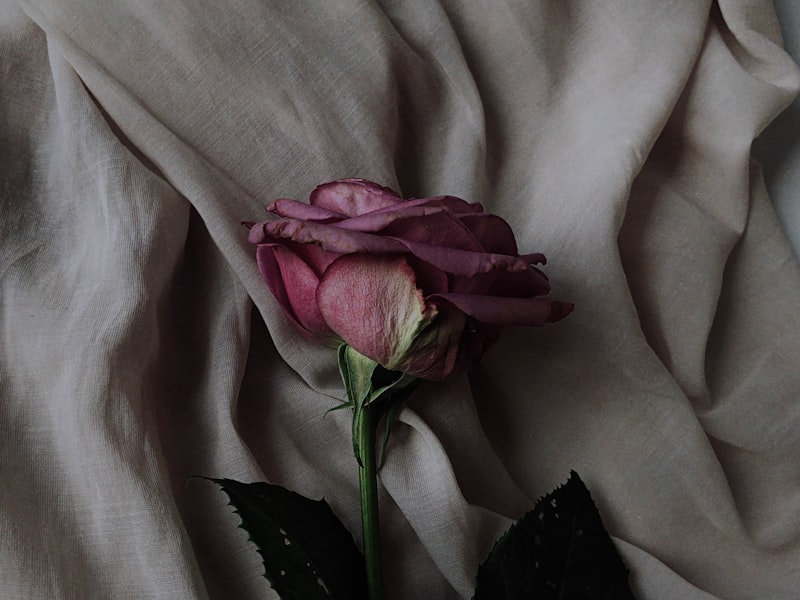5 Simple Techniques For Redefining Beauty Standards: Challenging Conventional Ideas through Asian-American Style

Eastern Elegance Magazine satisfies Contemporary: The Evolution of Asian-American Traditional Attire
Asian-American standard clothing has undertaken a intriguing evolution over the years, combinationing standard components along with modern designs. This fusion of the old and the new has resulted in a lively and unique array of apparel that demonstrates the distinct social identities of Asian-Americans. In this blog post, we will definitely look into how Asian-American traditional outfit has advanced, embracing present day impact while keeping rooted in heritage.
One remarkable example of this advancement can be found in the popularization of hanbok among Korean-Americans. Hanbok is a standard Korean gown defined through vibrant shades and classy lines. In recent years, there has been a renewal of passion in hanbok one of much younger creations who are seeking to reconnect with their Korean heritage. Nevertheless, as an alternative of adhering strictly to heritage, they have incorporated modern elements right into their attire.

For instance, some Korean-Americans have started exploring along with different textiles and patterns to develop even more present day variations of hanbok. They may combine jeans or flower printing into the layout while still protecting the overall contour and construct of the traditional outfit. This blending of outdated and new makes it possible for them to reveal their social identity while additionally embracing their American upbringing.
Similarly, Chinese-American style has also saw a change towards combining modern elements in to typical attire. Qipao, additionally known as cheongsam, is a form-fitting dress that come from in Shanghai in the 1920s but is right now worn through Mandarin women around the world throughout special celebrations.
In current years, Chinese-American developers have been reimagining qipao through infusing it with modern cuts and designs. They have offered variants such as high splits or off-the-shoulder layout that incorporate a touch of sensualism and allure to this timeless garment. By combining standard shapes with modern trends, these developers are producing an upgraded variation that allure to both much younger generations and those who appreciate custom.
Yet another instance can be found in the development of typical Indian attire, such as the sari, among Indian-Americans. The sari is a functional garment being composed of a long piece of cloth draped around the body system. While it has been worn for centuries, Indian-Americans have found cutting-edge techniques to incorporate modern elements in to their saris.
Some Indian-American designers have experimented along with various materials and appearances to make unique variants of the standard sari. They could use non-traditional materials like cotton or sequins, or incorporate contemporary decorations such as needlework or beadwork. These contemporary touches deliver a new and trendy spin to the traditional garment while still honoring its social relevance.
The advancement of Asian-American standard attire is not only limited to garments but additionally expands to accessories. For example, Asian-American fashion jewelry developers have been reinterpreting conventional concept through integrating modern-day products and approaches. They might mix valuable metallics with non-traditional products like hardwood or substance to make statement pieces that combination custom along with technology.
In addition, Asian-American style program and events deliver a platform for developers to showcase their fusion productions. These activities celebrate each heritage and variety by including versions from various Asian histories using contemporary interpretations of their particular standard clothing.
In conclusion, Asian-American conventional attire has experienced an amazing development over opportunity, blending conventional factors along with present-day styles. From hanbok in Korean-American fashion trend to qipao in Chinese-American fashion and saris in Indian-American style, these garments currently integrate modern-day cuts, textiles, designs, and decorations while still taking advantage of their cultural roots. The fusion between heritage and technology not simply permits people to show their distinct cultural identities but likewise offers as a party of variety within the Asian-American neighborhood.
